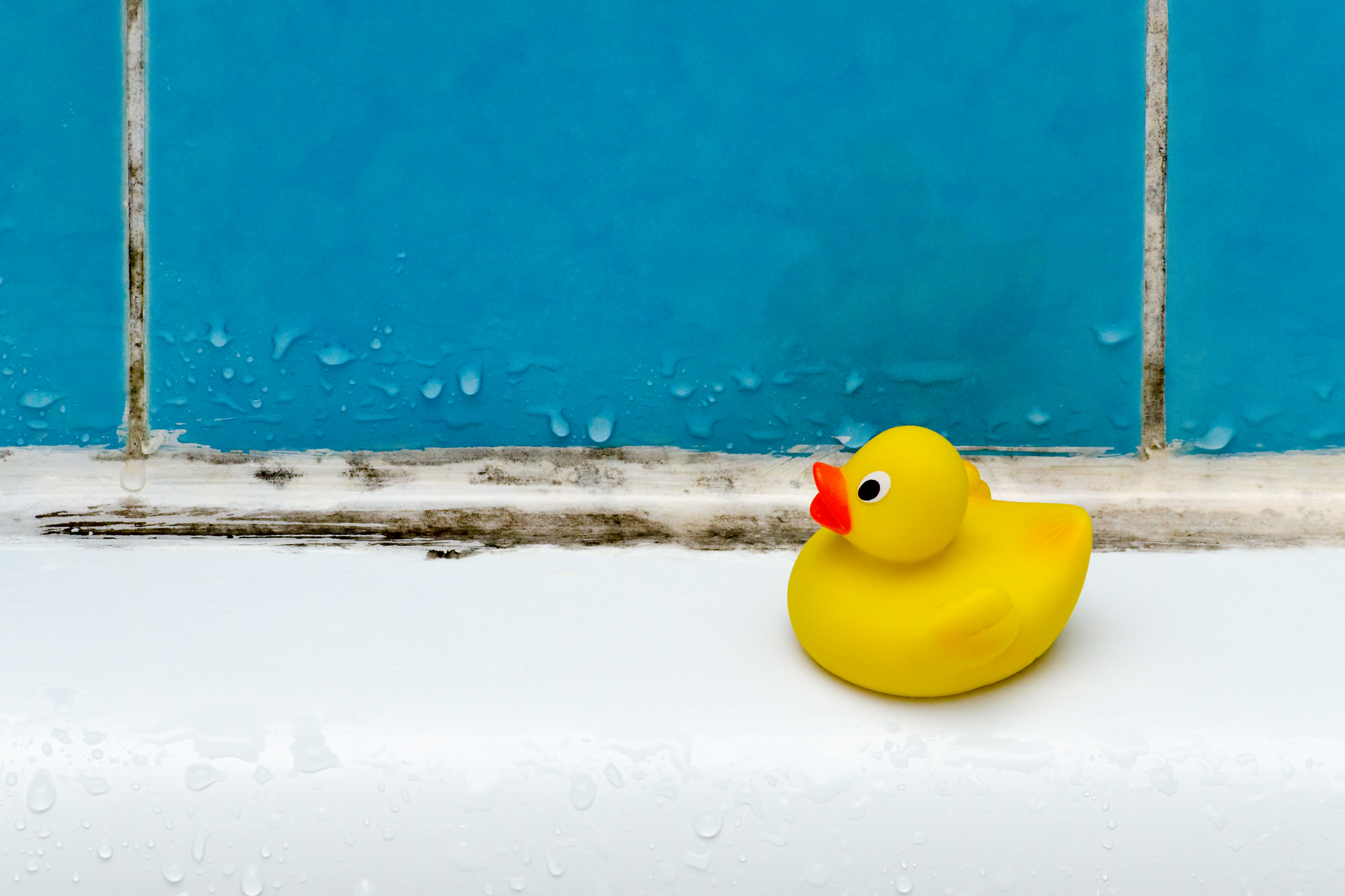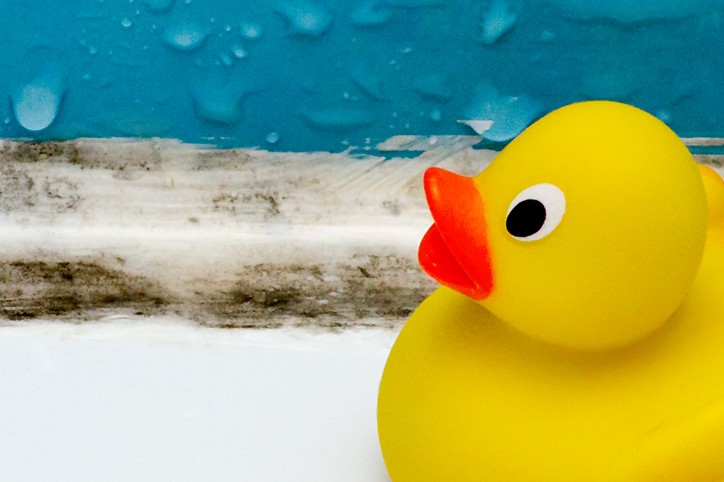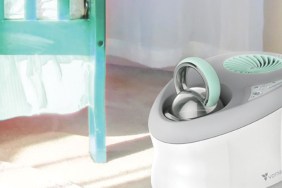No one wants to deal with mold! Even though most of us have some vague sense that it can be potentially dangerous for our health, it’s easy to gloss over the little bit of black stuff you see in between some of your kitchen tiles or in the corner of your shower. While that may seem as innocuous as, say, not wearing sunscreen every day of the year, it’s equally as dangerous and all mold must be taken seriously, especially with small children in the house.
To find out more about what to look for and what to do about mold in your home we turned to Michael Rubino, the author of The Mold Medic: An Expert’s Guide on Mold Removal and president of All American Restoration.
Momtastic: What kinds of mold are most common for people to find in their homes and what do they look like?
Michael Rubino: One of the most common molds that I find in people’s homes is a mold called aspergillus. It’s an allergenic species of mold but can be toxic as it is also a mycotoxin producing mold. The scary part about this is aspergillus is typically a white or gray powdery type of mold that most commonly gets brushed off as “mildew” which is thought to be less problematic as mold. This can bring a false sense of security that we don’t need to stay on top of the mold growing in our homes.

Momtastic: What kind of danger does common mold pose?
Michael Rubino: Molds can either be toxigenic, allergenic or pathogenic, which can be disruptive in their own rights. The real danger with mold in your home though is directly related to its size. Mold is between 2 and 4 micrometers in size and according to the American Lung Association, anything smaller than 10 micrometers poses the greatest health risk as it is so small it passes right through our respiratory tract and immediately enters our bloodstream.
Momtastic: Are there types of mold people can remove themselves vs the need to hire an expert?
Michael Rubino: Mold in its smallest form is a mold spore. Mold spores actively enter our homes and settle out in the dust. This is mold that is safe to remove from your home and you do it everyday unintentionally through cleaning. Once a source of moisture or water is introduced, it begins to actively grow and colonize in our home. That’s when mold becomes dangerous because it starts producing its own set of spores, which can create a more widespread issue if not taken care of properly. The key is to prevent it from growing by controlling unwanted sources of water and moisture before it present the opportunity for mold to grow.
Momtastic: Any tips about removing mold in your home yourself?
Michael Rubino: When removing mold, be sure to use a HEPA vacuum so that the filter for the vacuum removes particles as small as mold (otherwise it recycles mold back into the air). Second, use a botanical disinfectant such as Benefect Decon 30 which uses essential oils and a surfactant to separate mold from surfaces so they can be wiped away. Third, use a microfiber towel as it is 100 times more effective at capturing and removing particles from the environment. Last but not least, always wear an N95 respirator when handling contamination to protect yourself from exposure.
Momtastic: What are the best ways to prevent mold in your home?
Michael Rubino: The best way to prevent mold is to be proactive. Perform annual inspections of roof, doors, and windows (points where water can intrude over time). Clean your HVAC and associated ductwork annually to remove potential mold spores, dust, and other indoor pathogens from the environment. Keep your environment clean and free of dust as by doing so you will also unintentionally remove settled mold spores from your environment staying on top of the opportunity for mold to grow in the first place. Last but not least monitor your humidity levels as mold can start to grow when the relative humidity reaches above 60%. This can be done with dehumidifier(s) as needed to monitor and keep your humidity levels low. The sweet spot tends to be between 35 and 45%.








